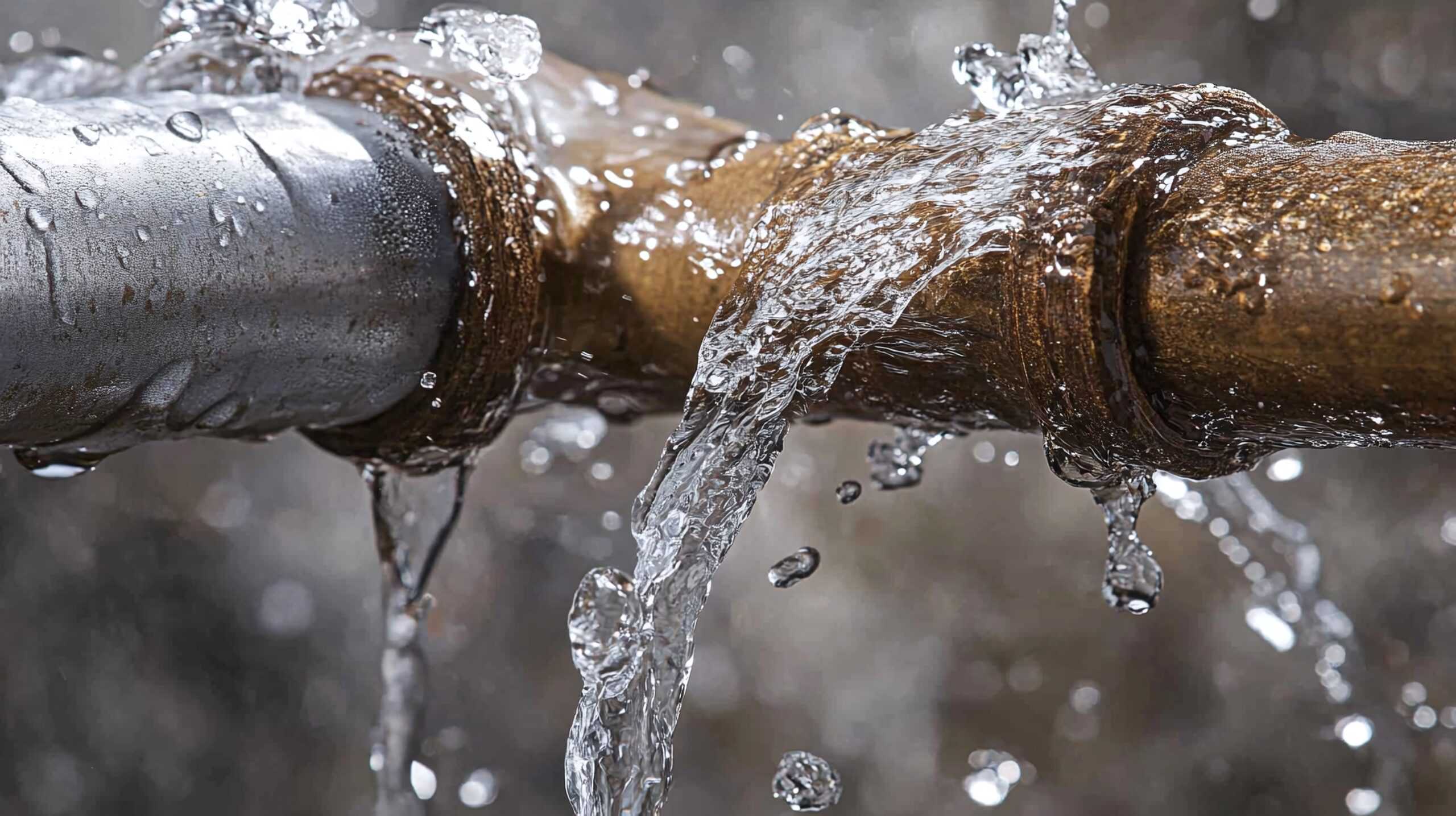Owning a home means more than just paying the mortgage — it means maintaining and protecting one of your biggest investments. From HVAC tune-ups to gutter cleaning, home maintenance prevents small issues from becoming costly disasters.
Whether you’re a first-time buyer or a seasoned homeowner, having a home maintenance checklist ensures you stay ahead of repairs, improve energy efficiency, and preserve property value.
This guide breaks down the essential seasonal home maintenance tasks, a monthly upkeep checklist, and crucial yearly responsibilities — all tailored to keep your home in top shape.
Download our Full Maintenance Checklist
Top 10 Home Maintenance Tasks You Should Never Skip
Every home is different, but these ten tasks are universal must-dos. Ignoring them can reduce your home’s value, increase monthly costs, or even cause dangerous issues:
-
Clean gutters twice a year → Prevents water damage, ice dams, and basement flooding
-
Replace HVAC filters every 1–3 months → Protects air quality and system efficiency
-
Flush your water heater annually → Reduces sediment buildup and improves lifespan
-
Inspect your roof each spring/fall → Spot damage before it leads to leaks
-
Test smoke and CO detectors monthly → Crucial for household safety
-
Seal exterior cracks and windows → Lowers energy loss and pest access
-
Clean dryer vents annually → Prevents fire hazards and improves dryer efficiency
-
Service your HVAC system before peak seasons → Avoid mid-winter or summer outages
-
Inspect crawlspaces or basements for moisture → Mold prevention and structural protection
-
Know how to shut off your main water valve → Prevents massive water damage in emergencies
Monthly Home Upkeep Checklist
Staying on top of a few small tasks each month can prevent major issues down the line. This monthly home upkeep checklist focuses on quick wins — the kind that only take a few minutes but can catch leaks, wear-and-tear, or safety concerns early. These bite-sized actions support your home’s overall performance and help avoid surprise expenses.
-
Test smoke and carbon monoxide detectors
-
Check for leaks under sinks and around toilets
-
Inspect HVAC filters and replace if dirty
-
Look for signs of pest activity
-
Run water in unused sinks or bathrooms to prevent drain traps from drying out
-
Check fire extinguishers
-
Wipe down faucet aerators to remove mineral buildup
Keeping up with these monthly tasks supports better indoor air quality and prevents long-term wear — both of which affect how comfortable and affordable your home is to live in.
Spring Home Maintenance Checklist
After months of snow, ice, and indoor living, spring is when your home starts revealing the wear and tear from winter. This season is all about checking for water damage, sealing up cracks, and prepping outdoor systems. Preventative care now can save you thousands by stopping small problems early.
Exterior Tasks
-
Clean gutters and downspouts
-
Check your roof for missing or damaged shingles
-
Inspect your foundation and exterior walls for cracks
-
Power wash siding, decks, and patios
-
Service lawn equipment before use
Interior Tasks
-
Schedule HVAC servicing before summer
-
Test sump pump functionality
-
Deep clean windows and window screens
-
Inspect attic and basement for moisture or pests
Spring is also a great time to review your homeowners insurance coverage and check in on your mortgage escrow account.
→ Need a refresher? Read: Understanding Escrows
Summer Home Maintenance Checklist
Summer is ideal for exterior work — the weather’s cooperative, and daylight lasts longer. This is the time to focus on energy efficiency, pest prevention, and catching foundation or moisture issues that tend to worsen during dry months. Use the warm season to protect your home’s structure and comfort.
Exterior Tasks
-
Trim trees and shrubs away from your roof and siding
-
Inspect the sprinkler system for leaks or misalignment
-
Repaint or reseal wood siding, decks, or fencing if needed
-
Check for signs of foundation settlement as soil dries
Interior Tasks
-
Inspect insulation and seal gaps around windows/doors
-
Monitor indoor humidity — use a dehumidifier if needed
-
Service ceiling fans and reverse direction if needed
-
Review your home’s pest prevention plan
Summer is also a great time to stay ahead of outdoor repairs while the weather cooperates. Focus on preventative tasks now — like sealing woodwork and clearing overgrowth — so you’re not facing major repairs when fall and winter arrive.
Fall Home Maintenance Checklist
Fall is your prep season. These tasks help weatherproof your home before freezing temperatures set in. Failing to complete fall maintenance is one of the biggest causes of winter emergencies — like frozen pipes, HVAC failures, or ice damage. Think of fall as your home’s “last call” before the hard freeze.
Exterior Tasks
-
Clean gutters again — especially after leaf drop
-
Shut off outdoor water lines and store hoses
-
Check driveway and walkway for cracks; seal if needed
-
Inspect chimney and schedule a sweep if you use a fireplace
Interior Tasks
-
Replace furnace filter and test heating system
-
Inspect and seal attic insulation
-
Program thermostat for colder months
-
Stock up on ice melt and emergency supplies
Planning ahead in fall helps avoid expensive emergency calls in winter — a key part of long-term home affordability.
Winter Home Maintenance Checklist
Winter is less about projects and more about vigilance. Focus on insulation, moisture control, and keeping key systems safe. Your goal is to minimize energy waste and avoid structural issues from snow, ice, or freezing temperatures. It’s also the best time to review utility usage and plan ahead for spring repairs.
Exterior Tasks
-
Remove snow from walkways and roof edges (ice dams)
-
Keep vents, meters, and downspouts clear
-
Watch for icicles that indicate heat loss or blocked gutters
Interior Tasks
-
Check for drafts around doors and windows
-
Test carbon monoxide detectors monthly
-
Review utility bills for spikes (a sign of heat loss)
-
Inspect water heater for leaks or corrosion
Pro Tip: Installing a smart thermostat can help reduce energy waste and lower your monthly housing costs — a smart upgrade that pays dividends year-round.
Yearly Home Maintenance Essentials
Some maintenance tasks only need attention once a year, but they’re critical for your home’s long-term health. From flushing your water heater to inspecting your roof, these yearly home maintenance items help reduce system failures, extend the life of appliances, and keep your home safe and efficient.
-
Schedule a full roof inspection
-
Drain and flush the water heater
-
Inspect and service your HVAC system
-
Clean behind appliances and vacuum refrigerator coils
-
Review your mortgage escrow account and insurance policy
-
Inspect crawlspaces or storage areas for mold and pests
-
Test your main water shut-off valve for function
-
Clean dryer vents (not just the lint trap)
→ Need help keeping track of these tasks? Print this full home maintenance checklist or add seasonal tasks to your calendar at the beginning of each year.
Why Routine Home Maintenance Matters
Neglecting basic upkeep doesn’t just lead to costly repairs — it can affect:
-
Your home’s market value
-
Your insurance premiums
-
Your mortgage refinance eligibility
-
Your long-term housing affordability
Many buyers forget that maintenance costs are part of total homeownership costs. Preventative care protects your equity and reduces the chance of emergency financial strain.
The Real Cost of Skipping Maintenance
Routine maintenance may seem like a hassle — but neglecting it can cost you thousands in preventable repairs. Here’s what skipping basic upkeep could lead to:
-
Gutter cleaning ($0–$300): Skip it, and you risk $5,000+ in foundation damage or basement flooding
-
HVAC servicing ($150): Ignore it, and your system could fail during extreme temps, leading to $3,000–$7,000 in replacements
-
Caulking windows/doors ($10): Let it go, and you could lose 15–25% efficiency, increasing energy bills by hundreds per year
-
Dryer vent cleaning ($75–$125): Skipping this can cause house fires, costing tens of thousands in damage
The bottom line: a few minutes or dollars today can prevent major financial setbacks tomorrow.
Frequently Asked Questions (FAQs)
How often should I perform home maintenance?
You should complete home maintenance tasks monthly, seasonally, and yearly. Monthly tasks include safety and filter checks. Seasonal upkeep depends on weather conditions, while annual maintenance covers inspections and servicing major systems.
What are the most important home maintenance tasks?
The most important tasks include cleaning gutters, servicing HVAC systems, checking for water leaks, and maintaining your roof. These prevent expensive damage and extend your home’s lifespan.
Can I do home maintenance myself or should I hire a pro?
Many tasks, like changing filters or sealing windows, are DIY-friendly. For electrical, roof, or HVAC work, hire a licensed professional to ensure safety and code compliance.
Does home maintenance increase property value?
Yes. Routine upkeep protects your home’s systems, curb appeal, and structural integrity. Well-maintained homes sell faster, face fewer inspection issues, and often appraise higher.
How much should I budget for home upkeep?
Most homeowners should budget 1–4% of their home’s value annually for maintenance. Older homes or those in extreme climates may need more.
What should be on a home maintenance checklist?
A good home maintenance checklist includes monthly tasks (filter changes, safety checks), seasonal items (gutter cleaning, HVAC prep), and yearly essentials (roof inspection, water heater flush).
→ Download our Full Checklist.
What happens if I skip routine home maintenance?
Skipping routine tasks can lead to costly repairs, reduced energy efficiency, mold growth, and lower home value. For example, ignoring roof leaks or clogged gutters could cause structural damage or interior flooding.
Final Thoughts
A home is more than a place to live — it’s an investment. Following a structured home maintenance checklist not only helps avoid costly repairs, it protects your comfort, safety, and financial future.
Want to learn more about how surprise maintenance can affect your bottom line?
Check out our guide to The Hidden Costs of Homeownership to see how small repairs (or lack of them) can ripple into long-term expenses.
If you’re planning renovations or repairs, make sure they align with your long-term affordability goals.
→ Tools like our Loan Affordability Calculator can help you budget wisely and avoid financial strain.
Related Posts

When to Walk Away After a Home Inspection: Key Red Flags and Smart Buyer Moves
Home inspections are a critical part of the homebuying process — and sometimes, they uncover more than you bargained for. In competitive markets,

What Happens After Home Inspection? A Homebuyer’s Guide
The home inspection is one of the most critical steps in buying a home — but what happens after the home inspection is

The Hidden Costs of Homeownership: What You Need to Know Before You Buy
Buying a home is a major milestone, but many buyers focus only on the monthly mortgage payment. In reality, the cost of owning

